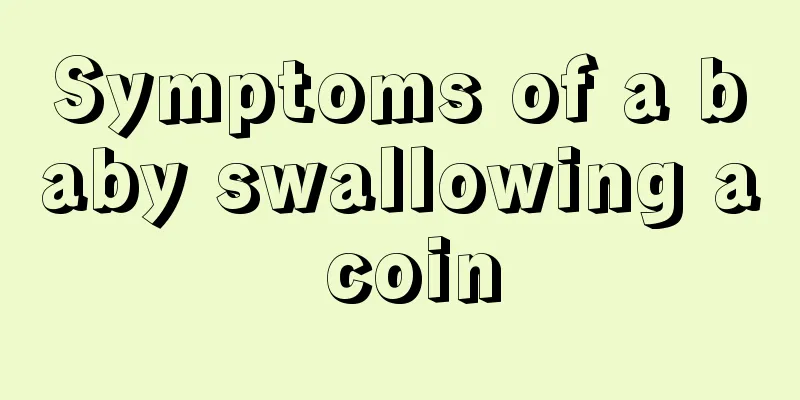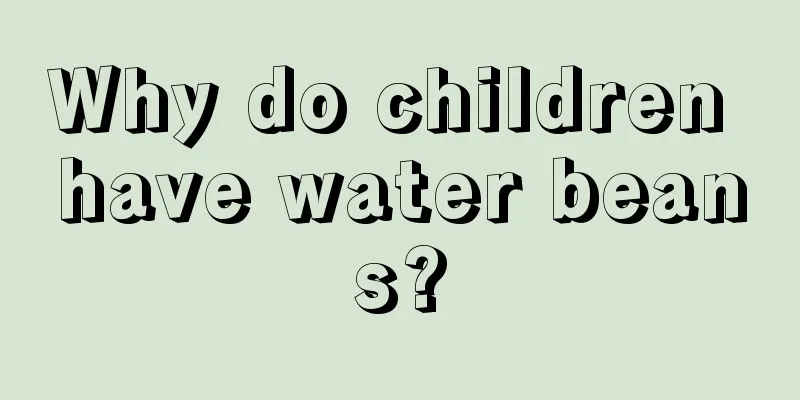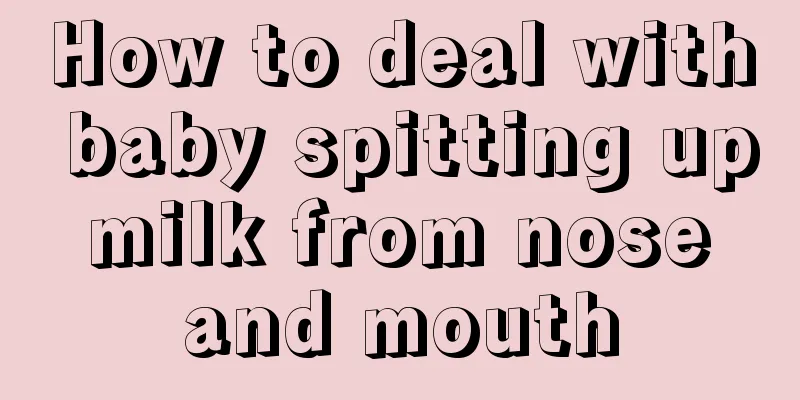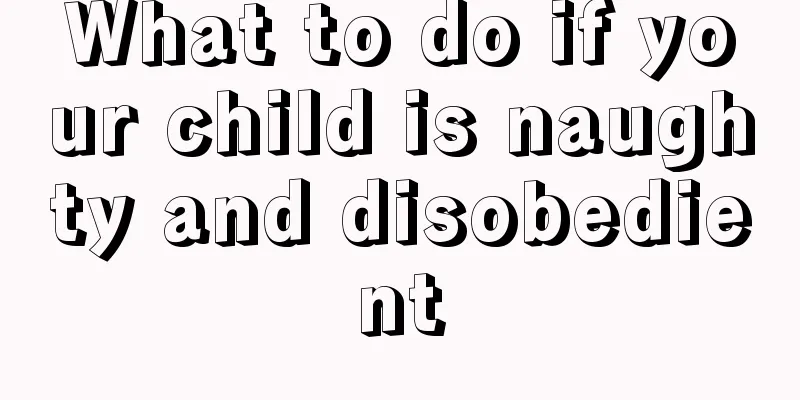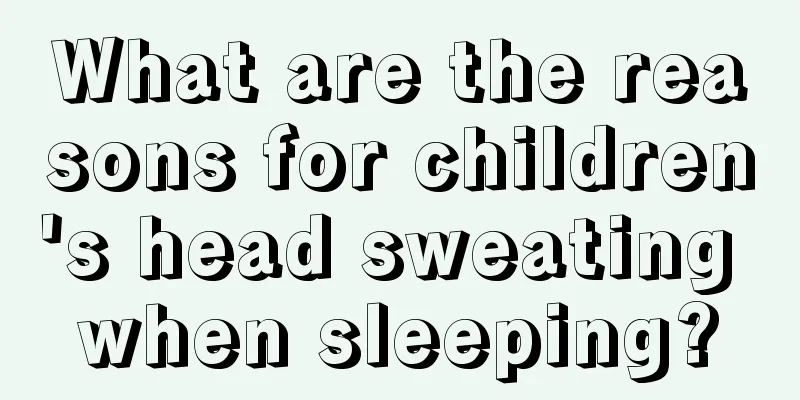Causes of hand, foot and mouth disease
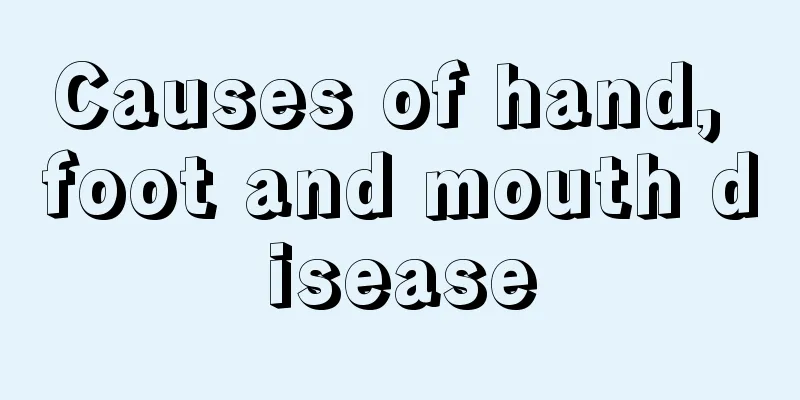
|
There are many diseases in children. When treating children's diseases, we should choose conservative treatment methods, which will not harm the children's bodies. At the same time, the effect of treating the disease is also very good. Hand, foot and mouth disease is common in children. There are many causes of this disease. Drugs are a good choice for treatment. So what is the cause of hand, foot and mouth disease? The following is a detailed introduction. Causes of hand, foot and mouth disease: The pathogens that cause hand, foot and mouth disease are mainly Coxsackievirus types 2, 4, 5, 7, 9, 10, 16 of group A, and types 1, 2, 3, 4, 5 of group B of the Picornaviridae family and Enterovirus genus; enterovirus type 71; echovirus, etc. Among them, enterovirus 71 and coxsackievirus A16 are more common. Enterovirus is suitable for survival and transmission in a humid and hot environment. It is insensitive to ether, dechlorocholate, etc., and 75% alcohol and 5% Lysol cannot inactivate it, but it is sensitive to ultraviolet rays and dryness. Various oxidants (potassium permanganate, bleaching powder, etc.), formaldehyde, and iodine can inactivate viruses. The virus can be quickly inactivated at 50°C, but a 1 mol concentration of divalent cations environment can increase the virus's resistance to heat inactivation. The virus can survive for one year at 4°C, can be stored for a long time at -20°C, and can survive for a long time in the external environment. Hand, foot and mouth disease symptoms 1. General symptoms (1) Acute onset, with an incubation period of 3-5 days, and prodromal symptoms such as low-grade fever, general malaise, and abdominal pain. Scattered painful, millet- to mung-bean-sized blisters appear on the oral mucosa, and maculopapules and herpes appear on the hands and feet. Initially, they are maculopapules, which later turn into herpes. They are round or oval, about 3-7 mm in size, like the size of a grain of rice, smaller than the chickenpox rash, harder in texture, with a red halo around it, and less fluid in the blisters. Dot-like or flaky erosions can be seen under the grayish-white membrane. After the rash subsides, no scars or pigmentation are left. If there is a secondary infection, the skin damage will often be aggravated. (2) In addition to the hands, feet and mouth, herpes can also be seen on the buttocks and near the anus, and occasionally on the trunk and limbs. They dry up and disappear after a few days. The rash is not itchy and painful. (3) Some children may develop generalized papules and blisters, accompanied by aseptic meningitis, encephalitis, myocarditis, etc. It may be accompanied by symptoms such as cough, runny nose, loss of appetite, nausea, vomiting, and headache. (4) Some cases only present with rash or herpetic pharyngitis. The whole course of the disease is about 5-10 days. Most cases can heal themselves with a good prognosis and no sequelae. 2. Symptoms of severe cases In a few cases (especially those under 3 years old), encephalitis, encephalomyelitis, meningitis, pulmonary edema, circulatory failure, etc. may occur. (1) Respiratory system manifestations include: shallow and difficult breathing, changes in respiratory rhythm, cyanosis of the lips, white, pink or bloody foamy fluid (sputum) in the mouth, and sputum sounds or moist rales in the lungs. (2) Neurological manifestations include poor spirits, drowsiness, headache, vomiting, easy fright, limb tremors, weakness or paralysis; physical examination may reveal meningeal irritation and weakened or absent tendon reflexes; critical cases may manifest as frequent convulsions, coma, cerebral edema, and brain herniation. (3) Circulatory system symptoms include: pale complexion, increased or decreased heart rate, shallow, rapid, weakened or even absent pulse, cold limbs, cyanosis of fingers and toes, and increased or decreased blood pressure. After understanding the cause of hand, foot and mouth disease, children suffering from hand, foot and mouth disease should be treated in time. This disease is also contagious. Therefore, when children in kindergarten have this disease, they should stop going to kindergarten for a few days to avoid infection and causing the baby to have this disease. |
<<: What to do if your baby has a red birthmark
>>: Why do children's eyes shed tears?
Recommend
Precautions for babies taking anthelmintics
As parents, we still remember taking anthelmintic...
What causes left heel pain?
The heel is one of the components of the foot, bu...
Can children eat Dendrobium?
From the moment our children are born, we as pare...
What are the symptoms of viral colds in infants and young children?
Viral colds in infants and young children are ver...
How can children exercise to lose weight?
If children have obesity problems, their families...
Child's slurred speech
Some parents find that their children speak uncle...
What should I do if my baby likes watching cartoons? These tricks to deal with
Many children like to watch cartoons very much, b...
What causes chickenpox? Learn the five causes early
We all know that chickenpox is not acne. The so-c...
Reasons why babies wake up suddenly and cry during sleep
Many parents find that their babies suddenly wake...
Can babies drink black chicken soup and how to make it
The deliciousness of black chicken soup is irresi...
Why does my child have a hoarse voice?
During the growth and development period of child...
What are the symptoms of heat stroke in children?
In summer, the weather is very hot, and it is als...
Does the baby need to take anti-inflammatory medicine for red and swollen gums?
Although toothache is not a serious problem, the ...
Does every child get chickenpox?
For children, because their body resistance is re...
How old can a baby sit in a walker?
If the baby sits in a walker, mothers will be mor...


